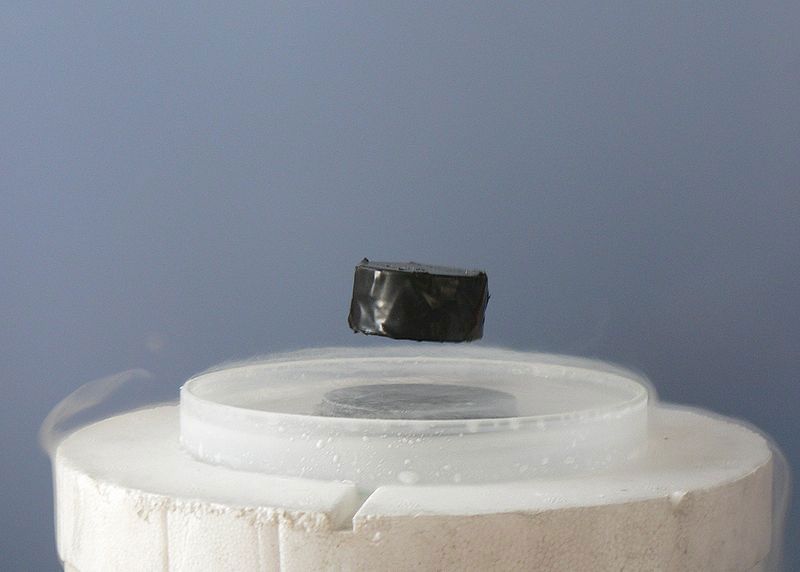-
 Gastroscopy
Gastroscopy
-
 Sample
Sample
-
 Mumps
Mumps
-
 Chromophore
Chromophore
-
 Stratified
Stratified
-
 Dawn
Dawn
-
 Turbidity
Turbidity
-
 Glucan
Glucan
-
 Heliocentric
Heliocentric
-
 Mosasaurus
Mosasaurus
-
 Holocene
Holocene
-
 OCR
OCR
-
 Weighted digital code
Weighted digital code
-
 Eutrophic
Eutrophic
-
 Cipolin
Cipolin
-
 Chemosynthesis
Chemosynthesis
-
 BRA (French avalanche risk bulletin)
BRA (French avalanche risk bulletin)
-
 Mangrove
Mangrove
-
 African longfin eel
African longfin eel
-
 Garrigue
Garrigue
-
 Trisomy 21
Trisomy 21
-
 SOHO
SOHO
-
 Orotic acid
Orotic acid
-
 Influenza
Influenza
-
 3GPP
3GPP
-
 Ileo-caecal appendix
Ileo-caecal appendix
-
 CHILL
CHILL
-
 Exergonic
Exergonic
-
 Cepheid
Cepheid
-
 Gastrulation
Gastrulation
Superconductivity
Superconducting materials were discovered at the beginning of the twentieth century. Below a temperature called the critical temperature they have a strictly zero electrical resistance. They then transport electric currents with no loss allowing intense magnetic fields to be produced.
Here are a few examples of superconductivity applications.
Magnetic resonance imagery (MRI, which uses 2 to 3 tesla magnetic fields) and nuclear magnetic resonance spectroscopy (NMRwhich uses 21 tesla magnetic fields, but 25 tesla fieldss are envisaged in the medium term).
One very large scale application is in particle accelerators. The largest of these is the LHC (Large Hadron Collider) which has a 27 km circumference and was put into operation at the CERN in Geneva in 2008. In this accelerator, the 8.5 tesla field is produced by 1600 16 m long dipoles.
But the most spectacular application is probably the Japanese "MagLev" train that uses magnetic levitation. Using superconducting magnets this train is raised above a rail, and the prototype train travels at a record 552 km/h without any friction!
 The 19 km long MagLev test track. Speed record: 581 km/h.
The 19 km long MagLev test track. Speed record: 581 km/h.
Latest
Fill out my online form.



